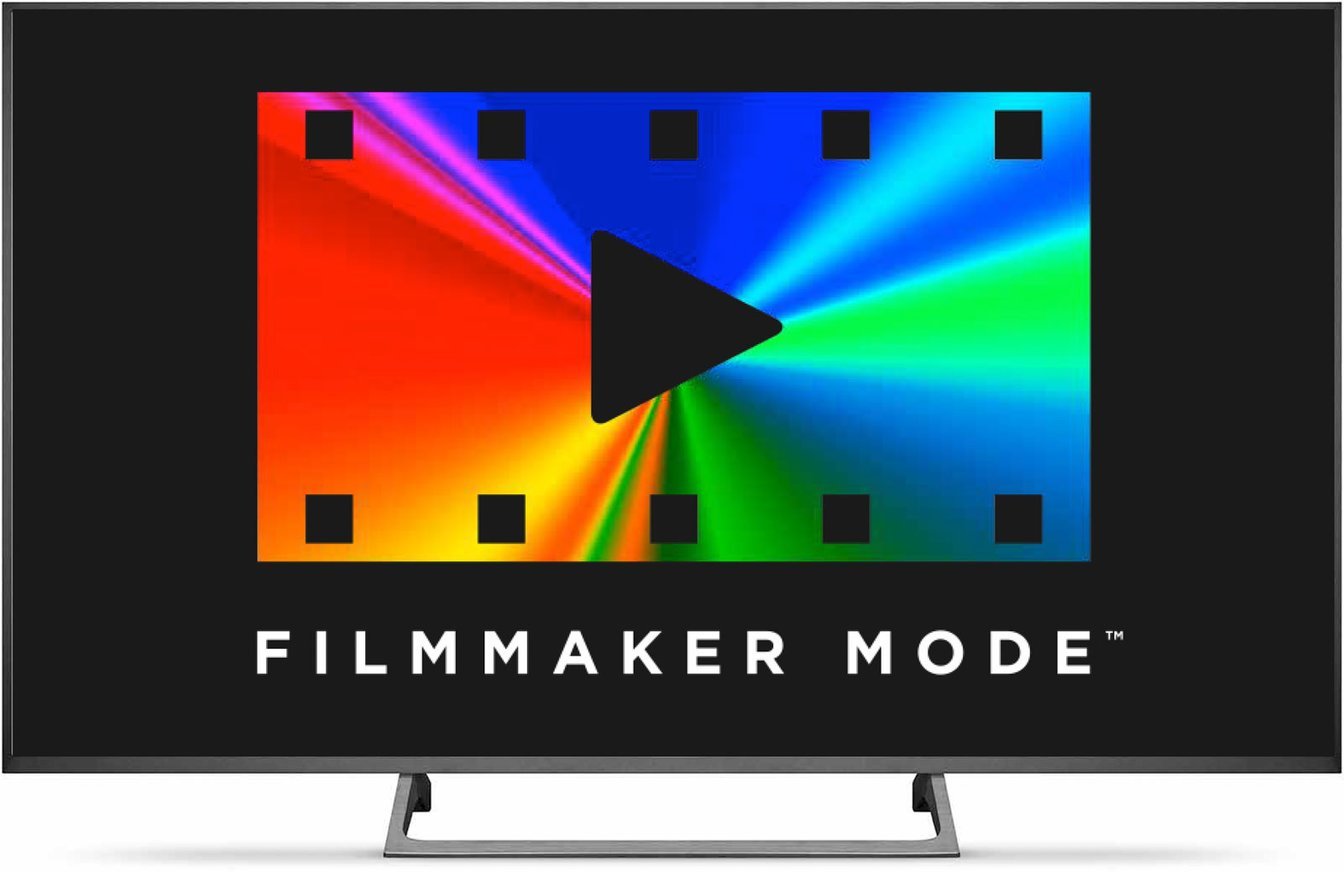LG Electronics TVs may be among the first to get intriguing upgrade to the Filmmaker Mode picture preset that will make it compatible with Dolby Vision HDR.

That’s according to a report in TechRadar, which cites a briefing held by the UHD Alliance’s Mike Zink that took place at an LG session last week showcasing the new LG G3 OLED TV.
The UHD Alliance is the industry group that developed Filmmaker Mode, which is a standardized picture preset found on high-end 4K TVs made by brands including LG, Samsung, Panasonic, Hisense, Vizio and Philips. Filmmaker Mode was developed to counter the way many movies are poorly replicated on modern TVs, with many film directors arguing that the various image processing techniques used mean that the pictures people see look nothing like what they intended.
Filmmaker Mode fixes this by stripping out inaccurate colours, image sharpening, noisie reduction and unnatural motion processing, and by maintaining the original aspect ratio. It means users can simply click a single button and view movies and shows exactly as the director intended them to be seen.
Despite this, Filmmaker Mode suffers from a big limitation, as it cannot be used when viewing programs in Dolby Vision at high dynamic range. Hence, the UHD Alliance is looking at creating a new “Dolby Vision Filmmaker Mode” that TV brands, likely starting with LG, will be able to implement.
The vast majority of Dolby Vision TVs automatically switch to a supported Dolby Vision mode whenever they play suitable content. Some TVs have different options available, including Dolby Vision IQ, Dolby Vision Dark and Dolby Vision Normal, with the main difference between them being that IQ uses sensors to detect the level of ambient light and adjust the picture brightness, while Dark and Normal offer fixed presets for night and day.
TechRadar’s Al Griffin explains that Dolby Vision Dark is the mode that most closely resembles Filmmaker Mode as it uses warm colour temperature, ensuring neutral white balance and more accurate reproduction of colours. It also switches off various processing techniques that enable picture sharpening, noise reduction and motion interpolation. Dolby Vision Dark is designed for people who want to switch off the lights and view movies at nighttime, but of course not everyone likes to do this, and it’s inappropriate for daytime viewing, so it doesn’t act as a true substitute for Filmmaker Mode.
As to what Dolby Vision Filmmaker Mode will look like, that remains to be seen. Zink said its development was approved late last year, and that it may well show up on next year’s TVs.